









Overactive bladder (OAB) is a common condition that affects approximately one-fifth of the global population. The first line management of OAB includes conservative treatment with behavioral and pharmacological therapies. However, when conservative management fails, managing OAB patients can be a challenge. In the 2019 AUA/SUFU guideline, refractory OAB was defined as the failure of behavioral therapy after 8 to 12 weeks and the failure of at least one antimuscarinic agent administered for 4 to 8 weeks. For this article, we interviewed leading doctors in different countries (three from the developed world – USA, Singapore, and Australia – and three from low and middle-income countries – India, Nepal, and Pakistan) to understand how refractory OAB is treated globally. What treatment options are available and what is the experience with the same in different countries?
Sinha (India): As per the Urology Society of India (USI) Guidelines, it is important to confirm that it is truly a refractory disease and rule out confounding factors like patient compliance, etc. It is also necessary to determine whether a combination of antimuscarinics and Mirabegron has been used earlier (although this is not a requirement as per the AUA definition). It is prudent to re-examine the diagnosis to determine if there is a component of BPS, etc.). Do a bladder diary in case one is not available already. And then do a urodynamics evaluation. The treatment option I adopt is BTX-A after diagnosis of refractory OAB is confirmed. However, options under the guidelines are sacral neuromodulation and BTX.
Kawasaki (USA): Generally, I will review their chart to identify any outlying circumstances that may need to be addressed/evaluated. This means that occasionally, patients will be sent to UDS should their diagnosis be somewhat unclear. Outside of these situations, I review three options that are in the 3rd tier: PTNS, intravesical botulinum injection, or sacral neuromodulation. I involve the patient in the decision-making unless they are not candidates for a specific option.
Mohsin (Pakistan): We use intravesical botulinum injection to manage patients with refractory OAB.
Ng (Singapore): We consider refractory OAB as failed medical treatment: anticholinergics (Oxybutynin, Tolterodine/Solifenacin) used as first-line and calcium channel blockers and anticholinergics (Popiverine HCl [Mictonorm]) as second-line. We will try Mirabegron before we perform UDS and review our management to rule out any other causes, e.g., nocturnal polyuria. If present, we treat it with SL Nocdurna (Desmopressin lyophilisate) 25 mcg instead of oral Minirin (Desmopressin) 0.1-0.2 mg for the elderly/0.2-0.4 mg for < 65 years.
Regmi (Nepal: We do not have any treatment options available apart from two antimuscarinic medications: Oxybutanin and Solifenacin.
Dr. Judith Goh, Australia: In Australia, we manage refractory OAB with PTNS, intravesical Botox and rarely, sacral neuromodulation.
Sinha (India): We do not use PTNS. As per USI guidelines, PTNS is positioned as a physical therapy earlier in the algorithm. It is not a specific recommendation for refractory OAB.
Kawasaki (USA): Yes, we perform PTNS in the office and patients are managed on an RN template. We have good experiences with this. The main reservation that patients share with me is that it requires weekly trips to our office, which can be a far drive for some.
Mohsin (Pakistan): It is not available.
Ng (Singapore): Yes, it is available. The next line would be PTNS as it is less invasive than Botox. We do it once per week for 10 -12 weeks. Success/improvement rate is around 50-70%.
Regmi (Nepal): No, it is not available.
Goh (Australia): It is available only in some public hospitals, not all. It is also available in my private clinic. Our experience is good, but for some women the travel to the hospital/clinic can be a problem if they live far away or are elderly as they may find it difficult to travel.
Sinha (India): Yes, it is available, but the experience is far from perfect.
Kawasaki (USA): Yes, we perform these in the office. We have an excellent response overall with rates of self-catheterizing that are lower than described in the literature. The most common side effect is postop UTI.
Mohsin (Pakistan): Yes, it is available. We have observed improvement in symptoms for 6 months.
Ng (Singapore): Yes, it is available. We perform Botox (Botulinum A) vesical injection under GA using 200 units 6-9 monthly. Success/improvement rate is approximately 70%.
Regmi (Nepal): No, it is not available.
Goh (Australia): Yes, it is available. But it is not first-line treatment. Medicare will only fund it for second-line treatment.
Sinha (India): Yes, it is available. However, it is extraordinarily expensive and not covered by any managed health care or insurance.
Kawasaki (USA): Yes, we perform these in ambulatory surgical centers if the patient meets the criteria. It is very well received. We perform SNS in 2 stages.
Mohsin (Pakistan): It is not available.
Ng (Singapore): Sacral neuromodulation is available in Singapore but not at National University Hospital. Only one private urologist is performing it because the cost (S $20-25K) is not covered by Medisave (National personal health insurance scheme). Cure/improvement rate is approximately 50%.
Regmi (Nepal): No, it is not available.
Goh (Australia): Yes, but it is limited in public hospitals due to costs.